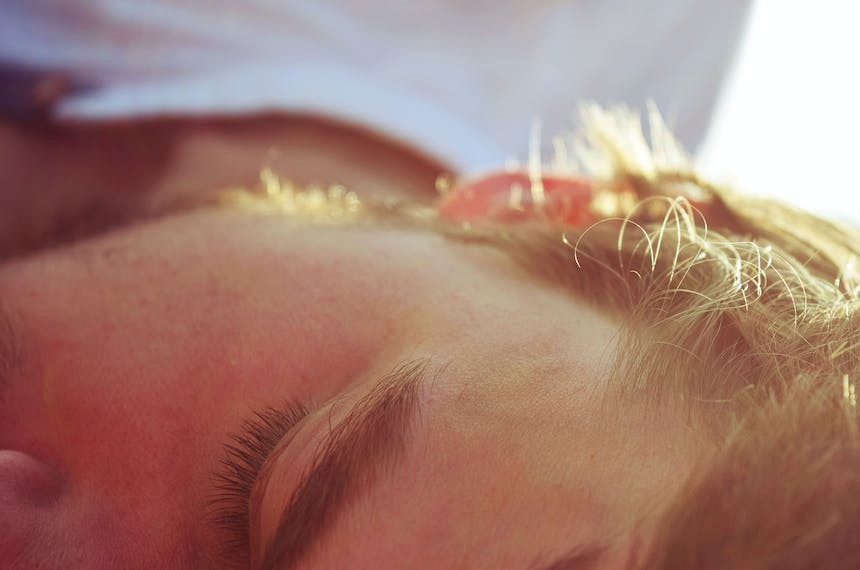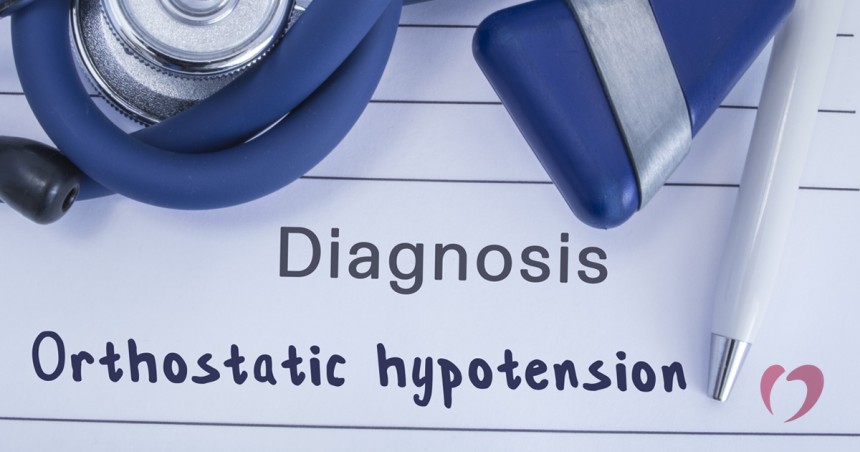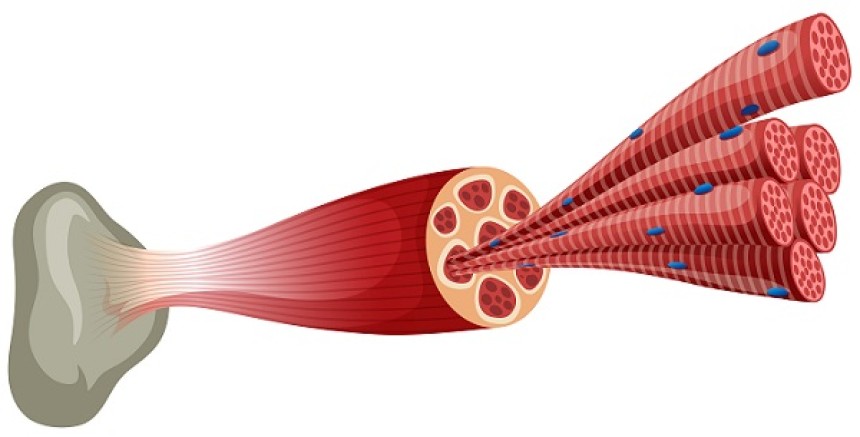
Rapid Eye Movement
Rapid Eye Movement (REM) sleep behavior disorder (RBD) involves acting out dreams during REM sleep and is associated with potential injury to oneself or a bed partner. It is often a precursor to neurodegenerative conditions like Parkinson's disease. Treatment focuses on creating a safe sleeping environment, which can include behavioral modifications such as separate beds or rooms and removing potential hazards. Medications like melatonin or clonazepam may be prescribed when necessary, especially in cases with frequent or disruptive behaviors that pose a risk.
Overview of REM Sleep Behavior Disorder (RBD)
RBD is a parasomnia characterized by dream enactment behavior during REM sleep, where the usual sleep atonia is lost. It varies in severity, ranging from minor hand gestures to violent actions. Patients often seek help due to potential injuries to themselves or their partners. Distinguishing RBD from other parasomnias is critical, and polysomnography is used for diagnosis and to exclude other sleep disorders. Many RBD patients eventually develop Parkinson's disease or related disorders such as multiple system atrophy or Lewy body dementia. (1, 2, 3)
Management of RBD
Safety Measures and Behavioral Modification
The primary treatment goal is to create a safe sleeping environment. This involves modifying the sleep area to prevent injuries, such as using a mattress on the floor, separate beds or rooms, and barricading with pillows or screens. Removing dangerous objects and ensuring firearms are inaccessible are also crucial steps. Additionally, bed alarms can help prevent injuries by alerting at the onset of dream enactment behaviors. (4, 5)
Pharmacological Treatments
- Melatonin: Starting at 3 mg at night, the dosage can be increased in 3 mg increments until disruptive or injurious behaviors cease. It is the first-line therapy for frequent, disruptive, or injurious behaviors. (6)
- Clonazepam: Low doses (0.5 - 1 mg at bedtime) are effective for RBD but are typically considered if melatonin is ineffective. (6)
- Cholinergic Agents: For patients who do not respond to melatonin or clonazepam, cholinergic agents like rivastigmine (1.5 mg twice daily) may be beneficial. (6)
References
1- American Academy of Sleep Medicine. International Classification of Sleep Disorders, 3rd ed, American Academy of Sleep Medicine, Darien, IL 2014.
2- Rapid Eye Movement Sleep Behavior Disorder, Schenck CH, Hogl B, Videnovic A (Eds), Springer Nature Switzerland AG, Cham, Switzerland 2018.
3- Mahowald MW, Schneck CH. REM sleep parasomnias. In: Principles and Practice of Sleep Medicine, 4th ed, Kryger MH, Roth T, Dement WC (Eds), Elsevier/Saunders, Philadelphia 2005. p.897.
4- Wing YK, Lam SP, Li SX, et al. REM sleep behaviour disorder in Hong Kong Chinese: clinical outcome and gender comparison. J Neurol Neurosurg Psychiatry 2008;79:1415-6.
5-Schenck CH, Mahowald MW. A polysomnographic, neurologic, psychiatric, and clinical outcome report on 70 consecutive cases with REM sleep behavior disorder (RBD): sustained clonazepam efficacy in 89.5% of 57 treated patients. Clev Clin J Med 1990;57(Suppl):S9-S23.
6- Anderson KN, Shneerson JM. Drug treatment of REM sleep behavior disorder: the use of drug therapies other than clonazepam. J Clin Sleep Med 2009;5:235-9.





